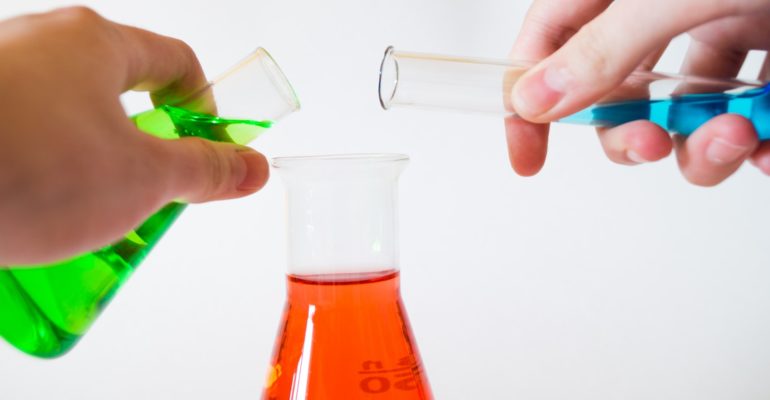
Cyanoacrylate was first discovered in 1942 by Harry Coover and Fred Joyner at the Kodak research laboratories in Tennessee, but it wasn’t until 1958 that methyl-2-cyanoacrylate (sold under the name “Eastman #910”) was released as the first commercially available cyanoacrylate derivative, or what is commonly termed “Super Glue.”1-3 Today, 70 years after this discovery, cyanoacrylate glues are widely used in the home and industry as superglue,4 in health care as tissue adhesives,5-9 and in the beauty industry as nail glue to attach artificial nail extensions. Professional nail glues can now be purchased online to be used at home, where accidental spills may occur more frequently than in a professional setting, which was the circumstances of both burns reported herein.
Cyanoacrylates are organic monomers, which are liquids at room temperature. Combined with weakly alkaline materials, the monomers rapidly polymerize via an exothermic reaction to form a clear, solid, waterproof substance.10 Curing of the adhesive can be triggered by certain chemicals or electromagnetic radiation (eg, ultraviolet or infrared), but the most common accelerant is water, which provides the hydroxyl ions necessary to bring about the reaction. Some natural fabrics, such as cotton and wool, are known to be potent catalysts of this reaction. Although cyanoacrylate glues are so useful due to the high speed of curing, they can also cause problems: the faster the adhesive cures, the higher the local temperature.